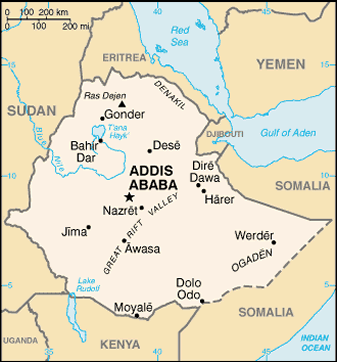Approximately 45 million people are currently victims of human trafficking. Often lured to foreign places by promises of employment or romance, victims are then manipulated into sexual slavery and forced labour. Criminal networks make a tidy profit off this modern slavery, with trafficking constituting the third most profitable criminal activity in the world, beneath only drugs and arms sales. The success of trafficking relies on masking the identify of victims. Trafficking victims need to be mobile, so that traffickers can transport their “supply” to where demand is. This process of transporting and shuffling victims is a critical part of any human trafficking network. To ensure that victims can be moved from place to place, and to keep them off the radar of law-enforcement agents, traffickers work hard to erase the identities of their victims. Forged documents are used to move victims across borders. Traffickers also target rural children, who often lack identifying documentation and are easily lost once swallowed up.
In the past few years, biometrics companies have been exploring how technology can be used to track victims and break apart trafficking networks. While new, the biometric technology has a number of potential applications here. Biometric tracking could be used to prevent the cross-border transportation of victims, since traffickers aren’t able to easily forge new identities like they currently do with physical paperwork. Families who have had a child abducted, but for whom they lack documentation, may be able to provide photographs of their children’s faces for analysis. Investigators can use these photographs to create a biometric file, at least a partially complete one, that they can use to eventually identify and rescue the victim. Biometric data can be hashed, meaning that it can be encrypted via being converted into a string of numbers. This allows this data to be shared more easily between different investigative teams across various jurisdictions. Once hashed into a number-string, the data becomes unintelligible and therefore doesn’t disclose any private information. This not only protects the privacy of the system’s participants, it also means that the hashed data doesn’t count as personal information, making it much easier to legally share across borders. If the hashed data of a victim matches a hashed profile in a tracking system, investigators can then secure subpoenas to move forward with un-hashed data.
Systems like this are just entering their testing stage. In 2018, the Attorneys General from the US and Mexico unveiled a facial recognition system that is currently being trialed in Guanajuato and New Mexico. The system allows families to upload photos of missing persons, which is then cross-referenced with photos of victims from surveillance feeds. The use of hashing has been particularly useful, given that information sharing between American and Mexican authorities has been a longstanding obstacle. The underlying technology was developed for the commercial market, particularly for the financial services sector, with a focus on privacy and encryption of facial data. Its use of data gathered from selfies means that it may be possible to imagine a future where having an active social media profile is sufficient to enrol someone into a tracking system. This could be particularly useful for rescuing youth who come from troubled family background, and who may not have relatives who can proactively provide the photos needed to build a biometric profile.
While this pilot project focusses on identifying specific victims, other projects are looking at integrating anti-human trafficking measures into larger biometric systems. India, for example, is engaging in an ambitious project to collect biometric data on all of its 1.3 billion citizens, and Australia is using biometric data in its passports. Introducing human trafficking checks into these emerging, multi-purpose biometric systems may allow for large-scale, passive protection of victims. As biometric systems become more pervasive, human traffickers will find it harder to transport victims. With these new obstacles in place, this may have the potential to make human trafficking riskier and more expensive, increasing the disincentives for traffickers to engage in this business and thereby reducing the sum of human trafficking.
Featured Image: Bloodied hand on a window. Via Pexels.com.
Disclaimer: Any views or opinions expressed in articles are solely those of the authors and do not necessarily represent the views of the NATO Association of Canada.




